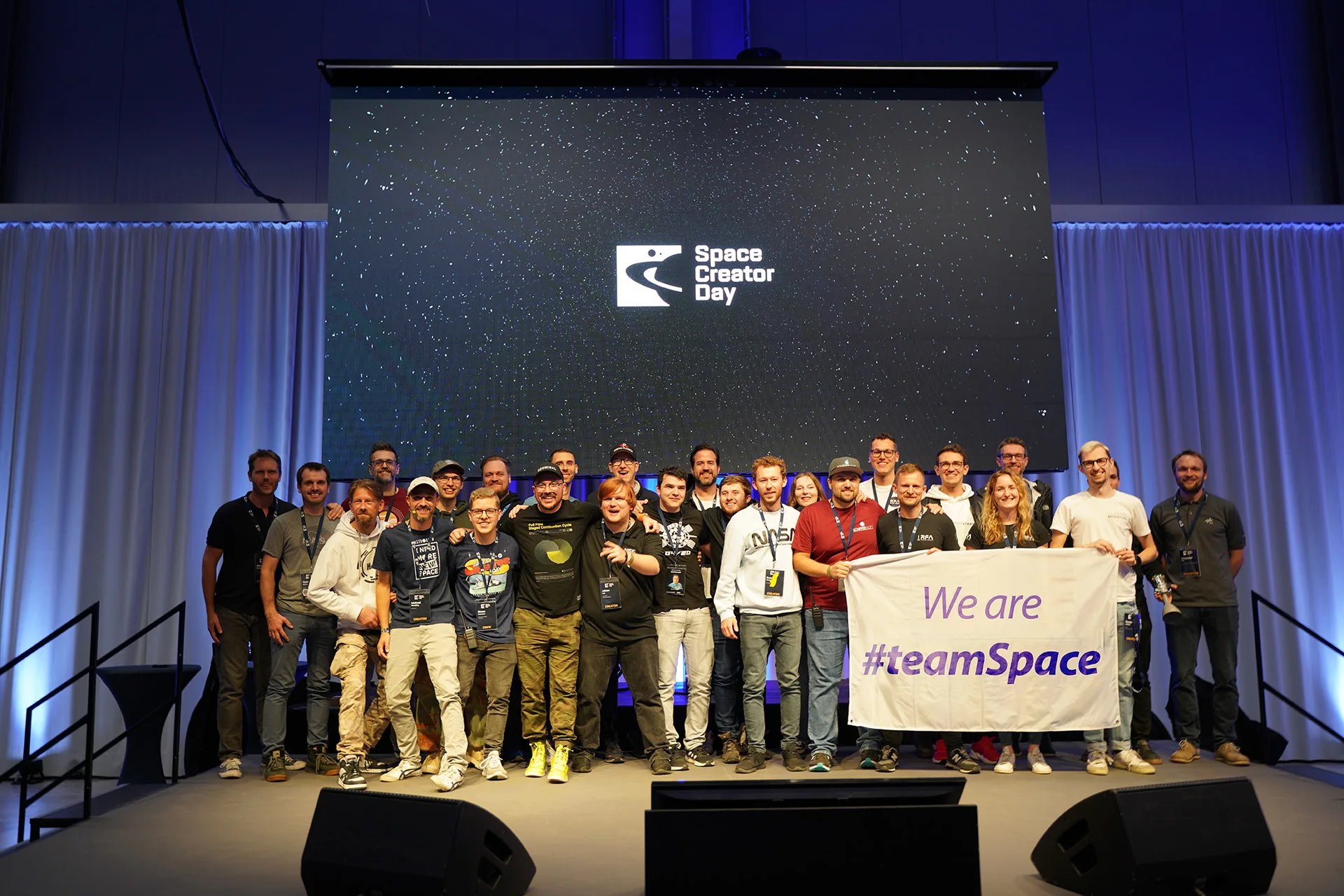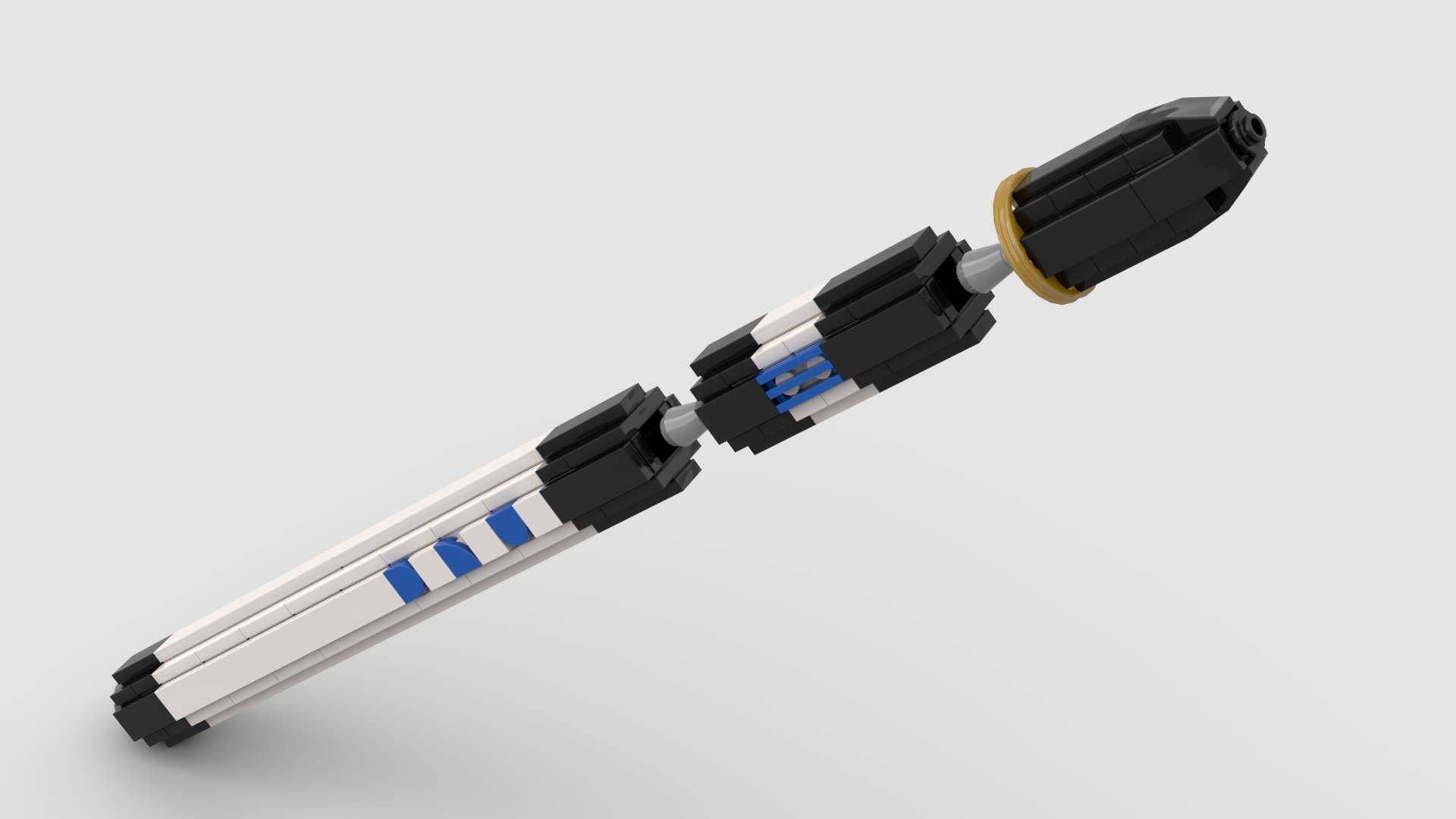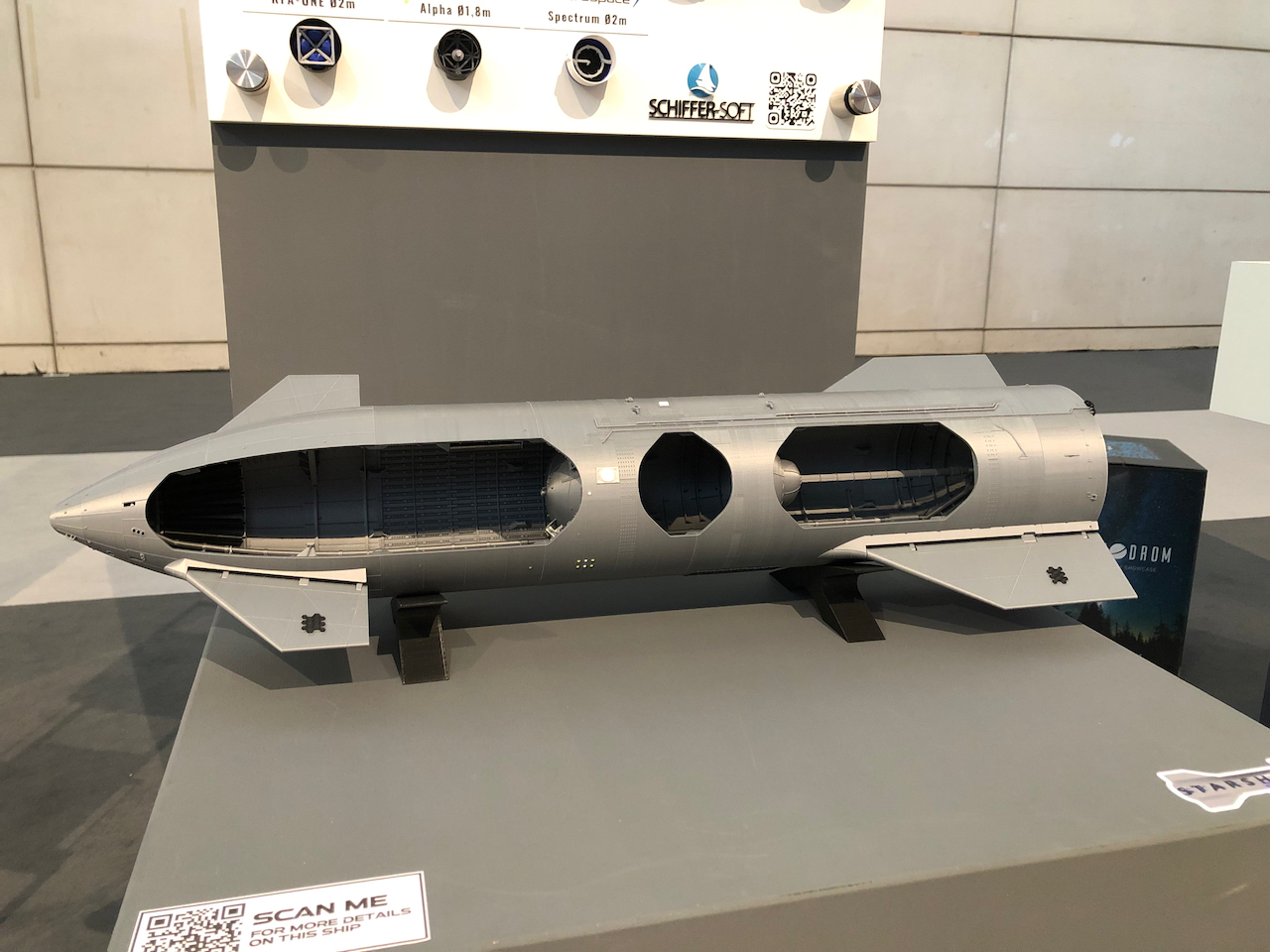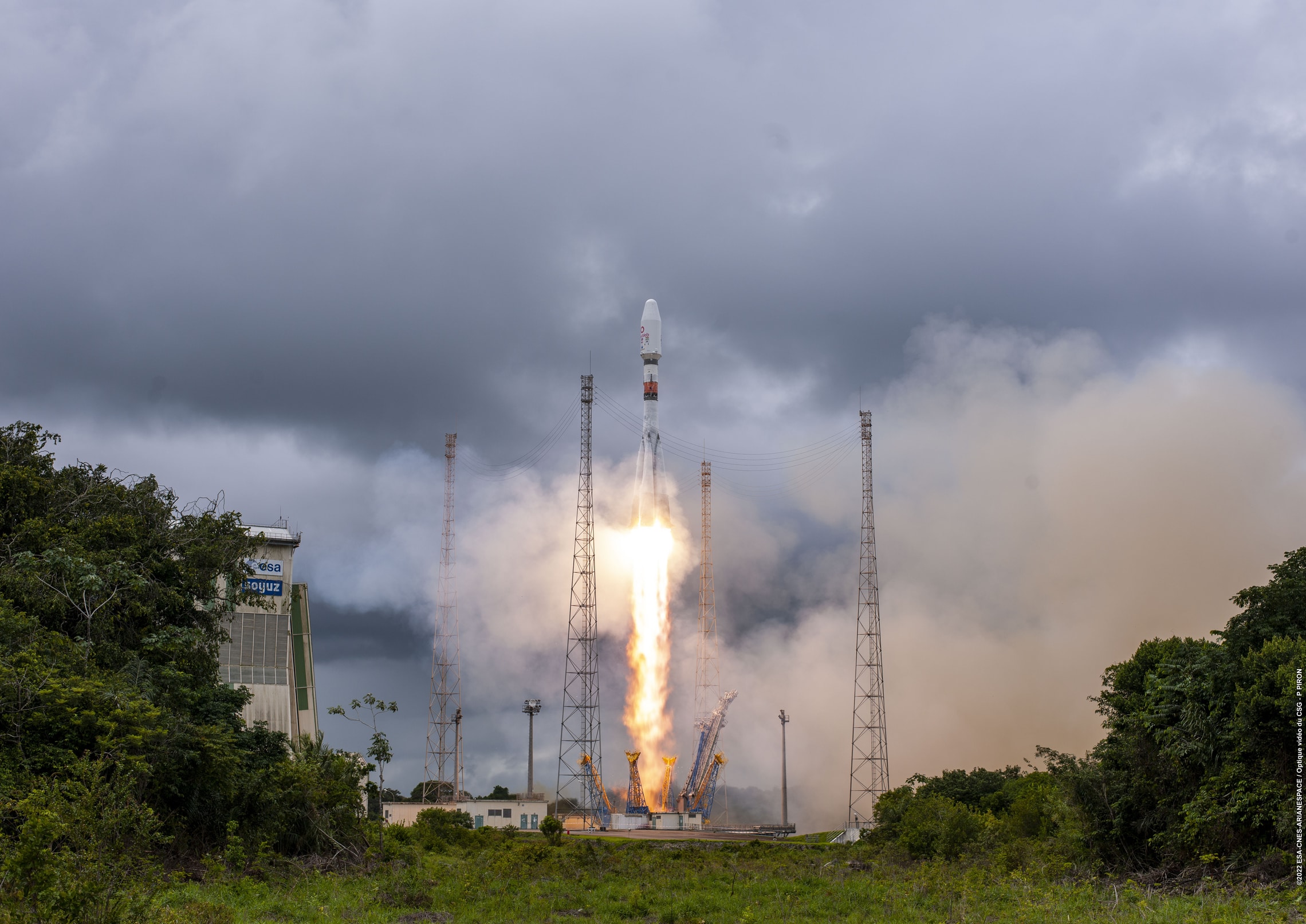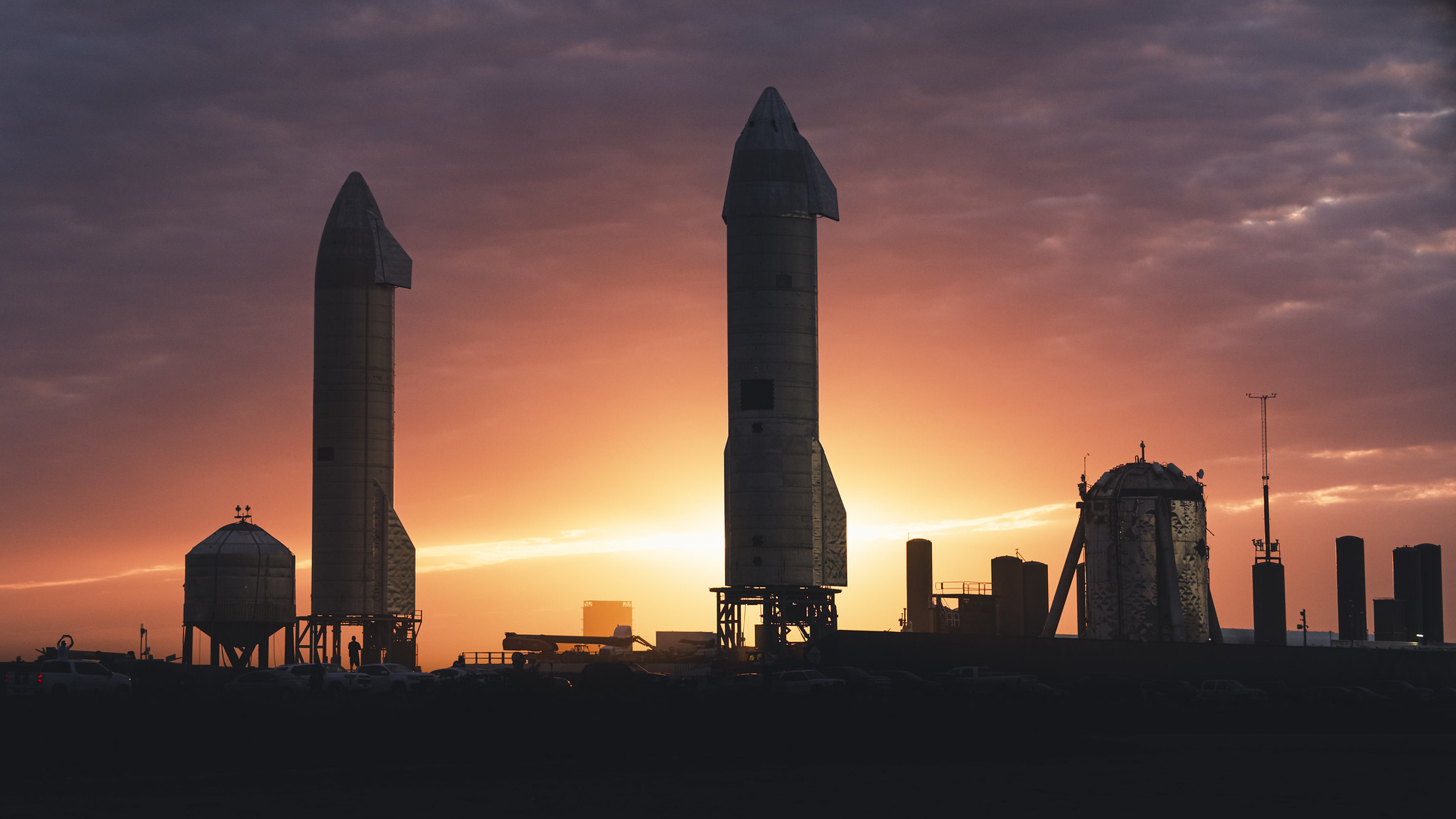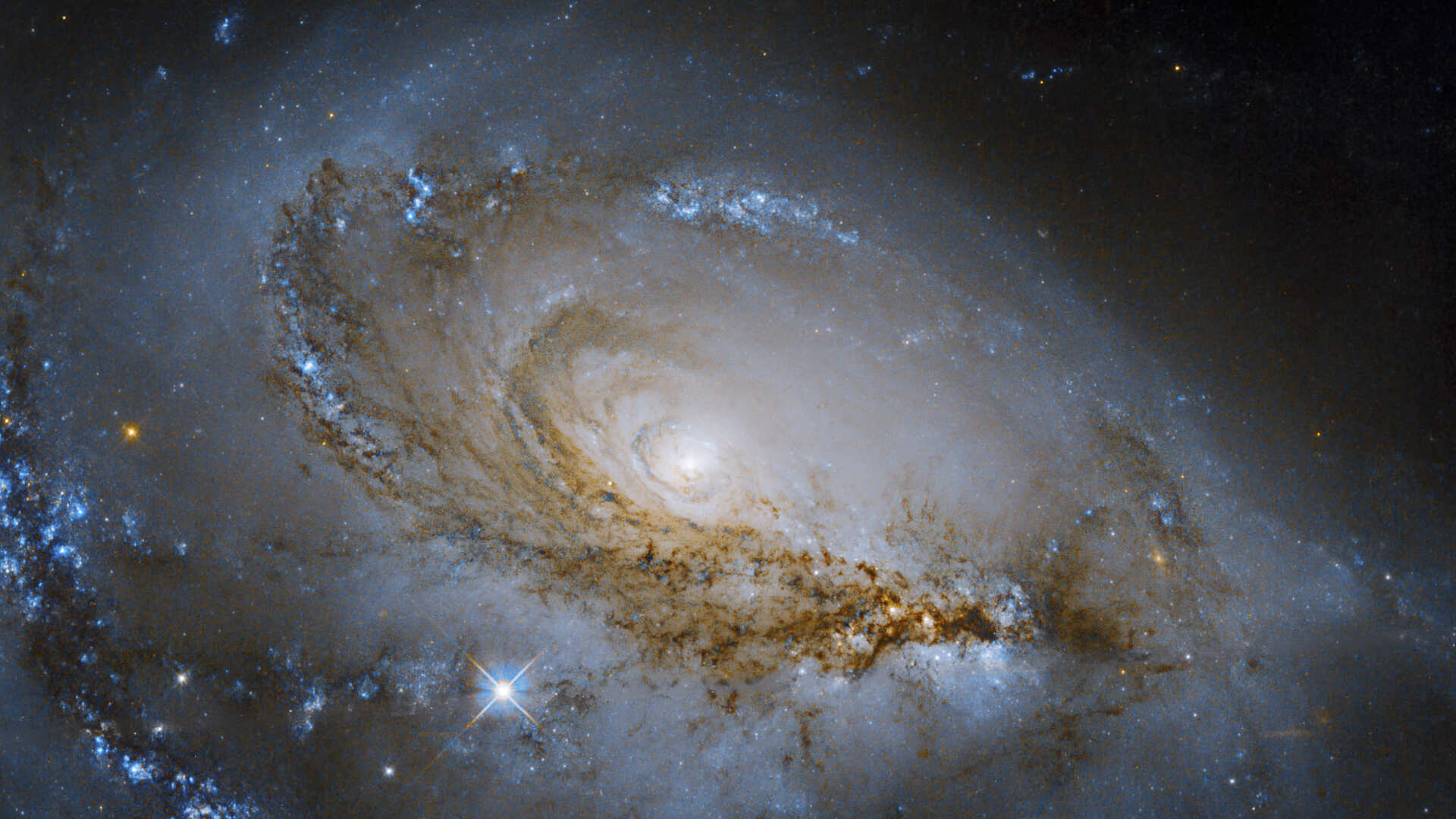
Spaceping to send interstellar probe into space
Published on Sun, 20.11.2022 – 08:05 CET in Missions, covering SpacepingTim Ruster from Cologne is a book author, the voice of the Planetarium Cologne and an influencer. Together with a business partner, he has now founded the NewSpace startup Spaceping. Its goal is to send 1 million messages into interstellar space with a specially developed probe. We met him at the Space Tech Expo Europe in Bremen and talked to him about his plans.
The official announcement was made at Space Creator Day 2022 in the Technikmuseum Speyer, and now Spaceping was already exhibiting at Space Tech Expo Europe with its own booth. It is no coincidence that the Cologne-based startup presented itself at the supplier fair for the space industry. After all, there are still a few hurdles to clear before the launch of an interstellar probe. Tim Ruster explains which ones in an interview.
Astrodrom
Tim, you're known primarily as a successful YouTuber and TikToker, yet you've now founded a NewSpace startup. What is Spaceping all about?
Tim Ruster
We want to build a space probe that will leave the solar system and fly to a nearby star system. The highlight is that this space probe will have the news of 1 million people on board. This can be compared at least in parts with the two Voyager probes of NASA, which left our solar system in the meantime. These also transport messages of mankind with the Golden Records into space. However, these are very selective and chosen by experts. In contrast, we want to offer everyone the opportunity to send their message into space.
Building an interstellar space probe is ambitious, but possible.
Tim Ruster, Co-Founder & Head of Interstellar Communications
That sounds very ambitious. At what point in its evolution does Spaceping currently stand as a freshly founded startup?
My business partner Ortwin Kartmann and I founded the company just six months ago, but we are very satisfied with the progress we have made. We already have a DNA expert and a space flight engineer in our team. In addition, we have already gained several thousand followers in the social networks. And, of course, Space Tech Expo Europe helps us, because here we were able to talk to lots of specialists. The tenor of all of them was: "Building an interstellar space probe is ambitious, but possible."

Keyword Interstellar Space. As a YouTuber, you deal a lot with the mysteries of the universe and also with the search for extraterrestrial life. Do you already have a destination for the probe?
This is always balancing distance against the probability of extraterrestrial life. The closest star to us is Proxima Centauri, which is "only" 4.247 light years away. Its planet Proxima b is in the habitable zone, so that there could be even extraterrestrial live there. But if it were only about where extraterrestrial life is most likely to exist, I would send the probe to Trappist-1. Because there are seven Earth-like exoplanets at the same time. The disadvantage is that this is about 40 light years away from Earth.
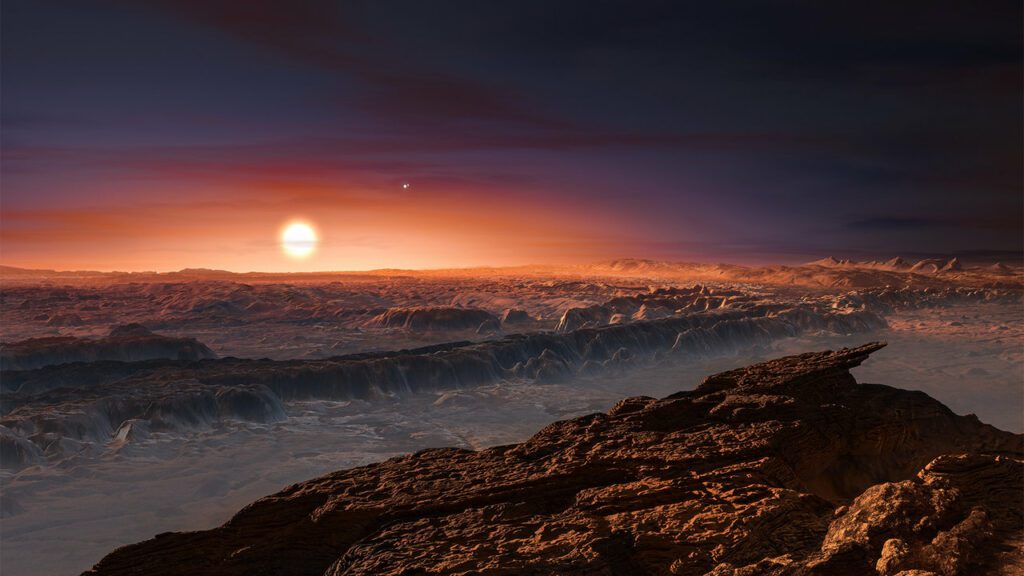
© ESO/M. Kornmesser

© NASA/JPL-Caltech/T. Pyle (IPAC)
But in the end, it is not so important for our mission where exactly the probe goes. We are selling the fact that the messages will travel to infinity. And whether it arrives at Trappist-1 in 500,000 years or at Proxima Centauri in 50,000 years is probably not that important.
So how do your messages go into outer space?
Basically, there is the possibility to send everything you can think of. That means language files, texts, photos - anything that is important to the sender or that he or she thinks should be immortalized in space. All this will be possible from January 2023, although we have already started with the Pioneer package. This makes it possible to upload a 47-second video file.
Are there any technology demonstrators that you can show - especially here at Space Tech Expo Europe - to get a feel for what you're trying to do?
For sure. First and foremost, our storage medium, which at first glance looks like a 2-euro coin. Thanks to Nano-Fiche® technology, we can store a lot of data on this surface. We expect to be able to store 150 TB of data in this way. The special thing about this is that it is stored using an optical process. So you don't need any complex digital technology to read it out, just the ability to magnify things. And that's a technology that you can assume other civilizations also have.
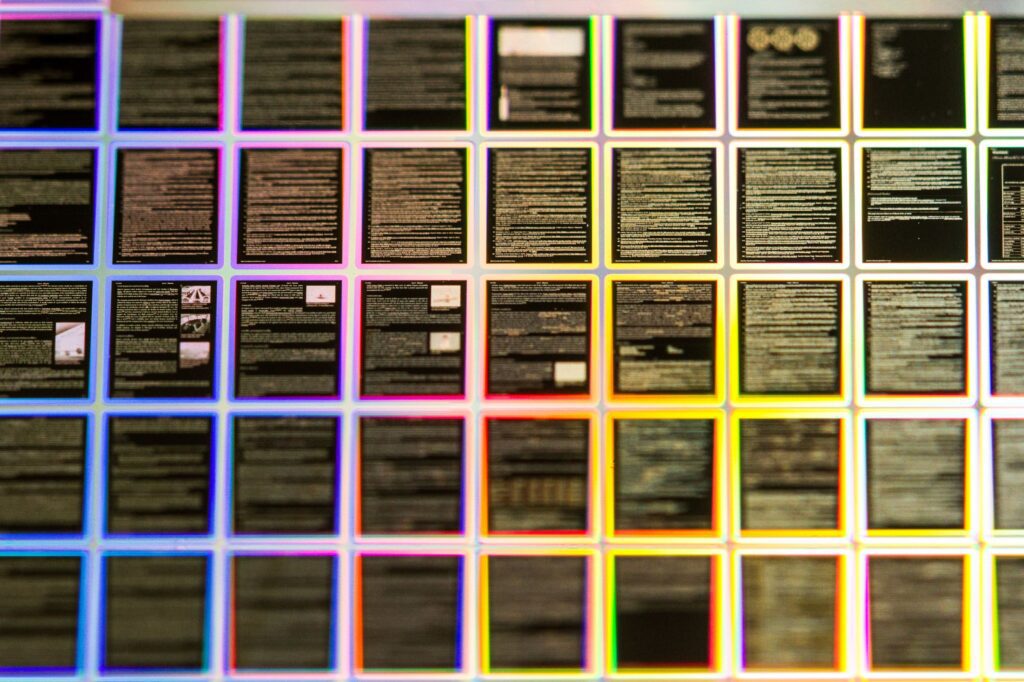
Now you also have a capsule with it. What's that all about?
This "DNA shell" is designed to be able to send one's DNA into space. But because it is extremely sensitive, you can't just put a cotton swab inside the probe. So the challenge is to shield it from space radiation, for example. According to calculations, the DNA shell on Earth could protect the sample for 103300 years. However, the conditions in space pull this value down considerably, but in the end the genetic blueprint is still protected for 10-thousand to 100-thousand years. Thus, it will still be there when we are all long gone.
What hurdles have you had to deal with so far and which ones are you still struggling with?
Currently, most companies are involved with satellites in Earth orbit, and if the going gets tough, with space technology operating in our solar system. As far as I have seen, however, we are the only ones planning to build an interstellar probe. And it has to reach an immense speed on the one hand to be able to leave the solar system. That will probably be the very biggest difficulty. Now, you could say that NASA did it with the Voyager probes, but we're not talking about these budget levels here. But I'm sure we'll manage it.
Spaceping is a »Voyager Probe for everyone«
Tim Ruster, Co-Founder & Head of Interstellar Communications
Speaking of budget, what is the approximate cost to send my message into space with your probe?
The cheapest package costs 125 euros. With this we want to keep our claim and promise that it is a "Voyager probe for everyone" and that everyone should be able to afford it. Those who need more storage space can also do so with the corresponding upgrades.
What's the best case earliest launch date you've set for yourselves?
We always calculate very positively, only to be disappointed by reality (laughs). The data collection is already live and you can upload your files. We are planning for the spacecraft to fly in 2026. Technically, that seems possible, but the approval processes in the space industry are very very slow. So if it's later - I'm betting - it's not because of the technical part.
Are there ways to support you in your project?
Spaceping should become a community project. If only for the reason that neither Ortwin nor I have a clue about everything. So it would be very arrogant to say: "I'm a Science-YouTuber, I can build a space probe." That's why we're still looking for people who have expertise in all these fields. Be it in data storage, DNA preservation, or propulsion system development. We invite these experts to come to our Discord server and discuss all these issues with others.
We plan to take all hints from the community and implement them if necessary. In addition, you can vote on many details on the server, for example, how the probe should look or where it should ultimately fly.


